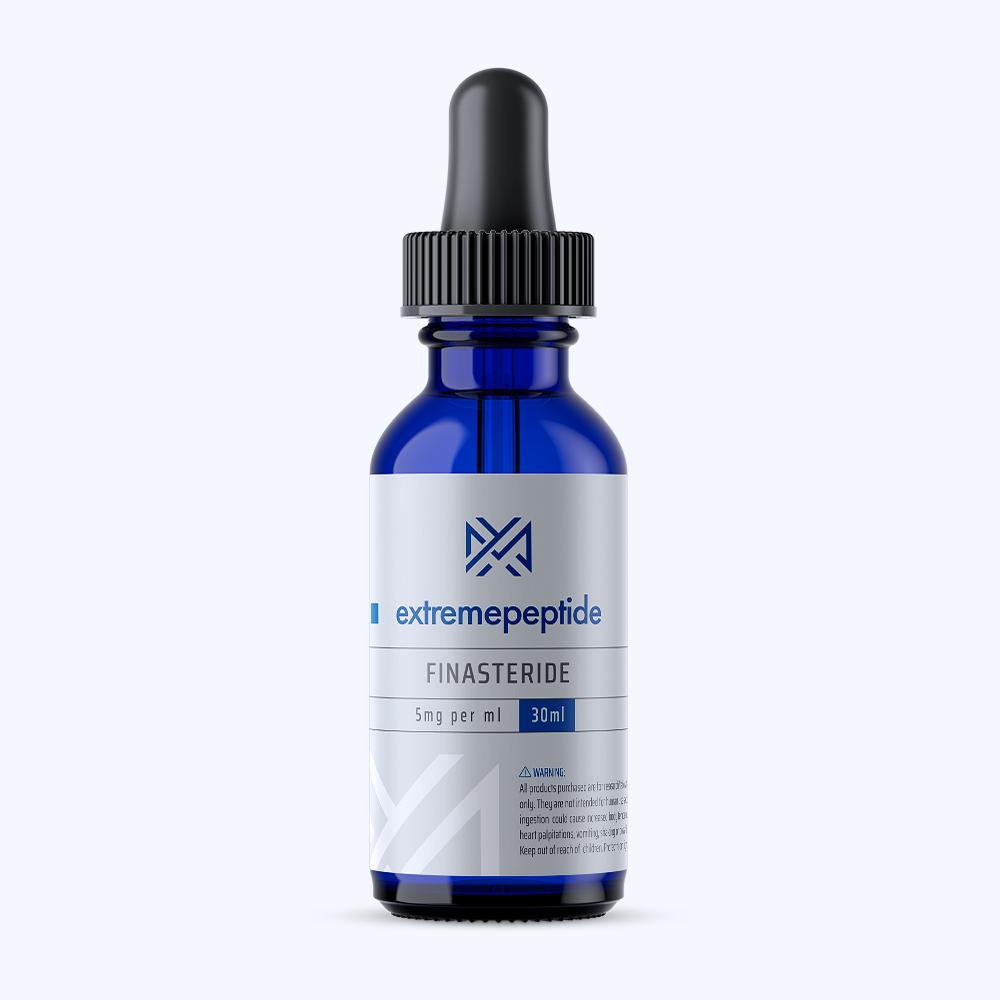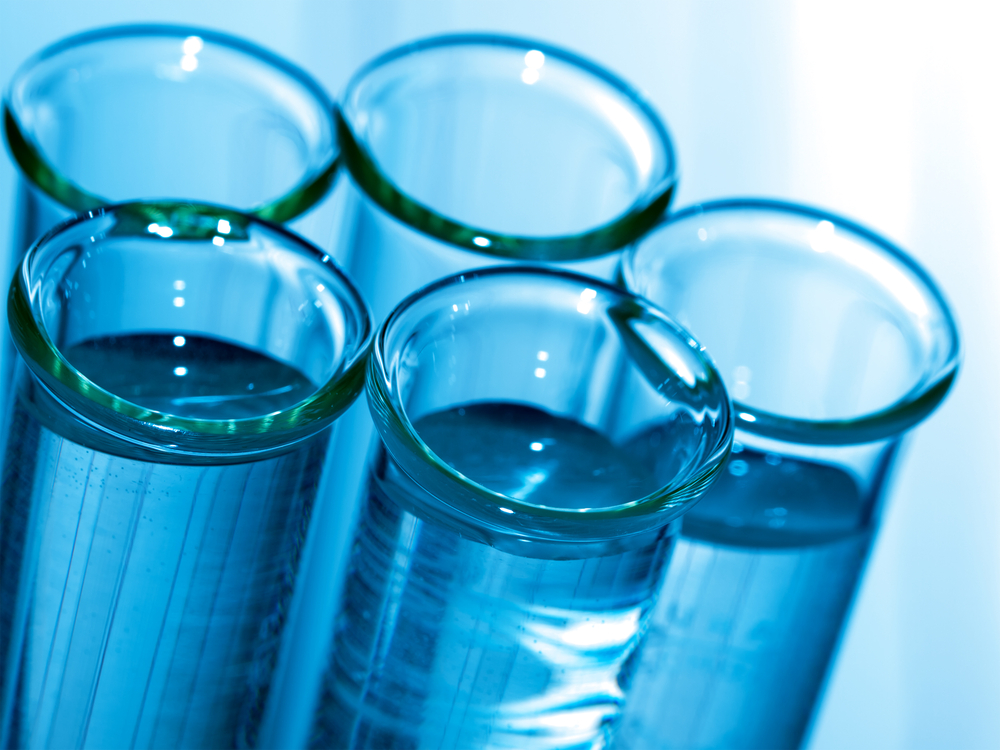
Lipophilic Properties of Finasteride
According to scientific study based on animal test subjects, it has been determined that Finasteride is lipophilic in nature. What this means is, it has the ability to dissolve in the following substances:
- Fats
- Oils
- Lipids
- Other non-polar solvents
A lipophilic substance such as Finasteride has the capacity to interact within themselves and via other substances through what is known as the London dispersion force, which is a weak intermolecular force that rises from quantum-induced instantaneous polarization multipoles in molecules, and thus can act between molecules without permanent multipole moments. Furthermore, a lipopholic substance contains little to no ability to form hydrogen bonds. These properties make the substance water insoluble, which is somewhat intriguing since it is soluble in so many other solvents.
Side Effects of Finasteride
According to scientific study that has been conducted on animal test subjects, it has been determined that the potential for adverse effects stemming from the presence of the catalog chemical is relatively rare. With that being said, it has been theorized that the group of 5α-reductase inhibitors such as Finasteride could be linked to an uptick in the risk of developing high-grade prostate cancer. The reason for this theory stems from the catalog chemical’s ability to reduce the volume of the prostate as a means to slow the condition of hyperplasia. It is thought that this correlation could potentially lower the presence of Prostate-Specific Antigen, also known as PSA, which could in turn make it more difficult to detect the development of prostate cancer. With that being said, it must be emphasized that this does not mean that the presence of Finasteride could be considered a cancer-causing agent.
Further theories regarding the presence of Finasteride and a link to various forms of sexual dysfunction in male animal test subjects have also been theorized as a result of the catalog chemical’s relationship with the prostate gland. However, there has been no concrete evidence derived from scientific study on animal test subjects that would make this theory one-hundred percent conclusive.
Detailed Study of Finasteride’s Action
Scientific study based on animal test subjects has shown that a single dose of Finasteride when given to the subject orally produces a rapid drop in serum DHT concentration. It has been shown that the apex of this drop occurs approximately 8 hours after the initial dosage. DHT’s suppression is further maintained during the ensuing 24 hours after the initial introduction of the catalog chemical, as well as continued catalog chemical administration.
These studies have further indicated that when the catalog chemical is introduced on a daily basis over a 4-year interval, it has been shown that it can reduce serum DHT concentration by an estimated 70%. It was also determined that the same dosage was responsible for an approximate increase of 10% in both luteinizing hormone (otherwise known as LH) and follicle-stimulating hormone (otherwise known as FSH). These increases have been instrumental in linking the catalog chemical to the hypothesized treatment of male-pattern baldness.
It has also been determined that in the case of animal test subjects that have hyperplasia, Finasteride does not exhibit a negative effect on circulating levels of prolactin, thyroxine, cortisol, or thyroid-stimulating hormone. Furthermore, there was no clinically meaningful effect determined on the animal test subject’s bone mineral density or its plasma lipid profile, which would include metrics determining total cholesterol, high density lipoproteins, low density lipoproteins, and triglycerides.
Other Properties of Finasteride
It has been determined through scientific study of animal test subjects that the mean bioavailablity of Finasteride is 63%. Furthermore, maximum finasteride plasma concentration averaged 37ng/mL, and this peak concentration was reached 1 to 2 hours after its introduction. It was also determined that the catalog chemical’s biovailability was not adversely affected by food.
It was also determined that about 90% of catalog chemical upon circulation is bound to plasma proteins, and these particular concentrations do build up over time. The catalog chemical has also been shown to cross the blood brain barrier, but it has been determined that it does not exhibit a preferential distribution to the CSF, or cerebrospinal fluid.
Finasteride’s mean half-life has been determined to be 6.2 hours. However, it has also been determined that this particular number increases in direct proportion to the age of the animal test subject.
And it has also been determined via scientific study based on animal test subjects that Finasteride is metabolized by the liver on an extensive basis. Specifically, it has been shown to be metabolized through the cytochrome P450 3A4 enzyme subfamily.
Click here to read Finasteride Part 1
Click here to view / download PDF
